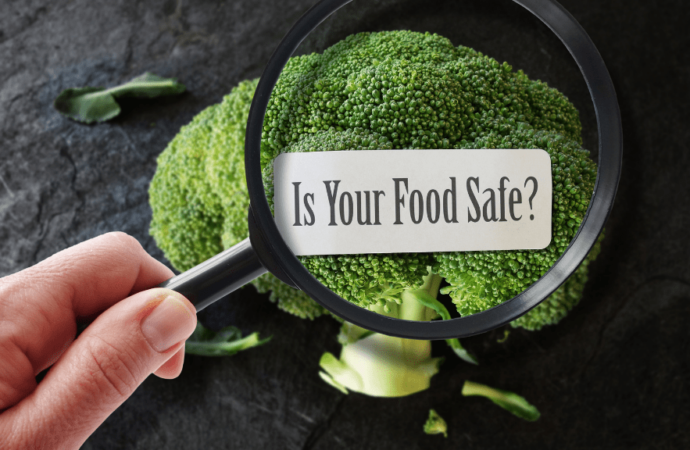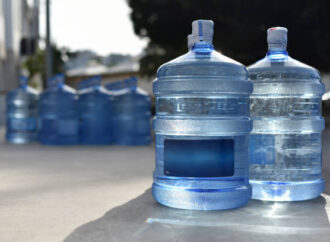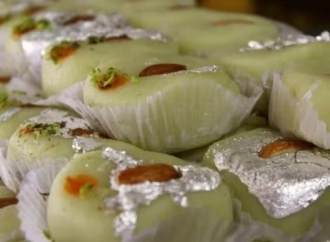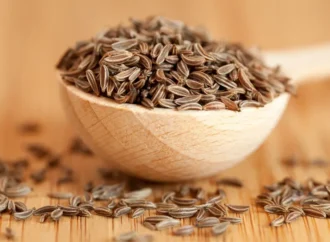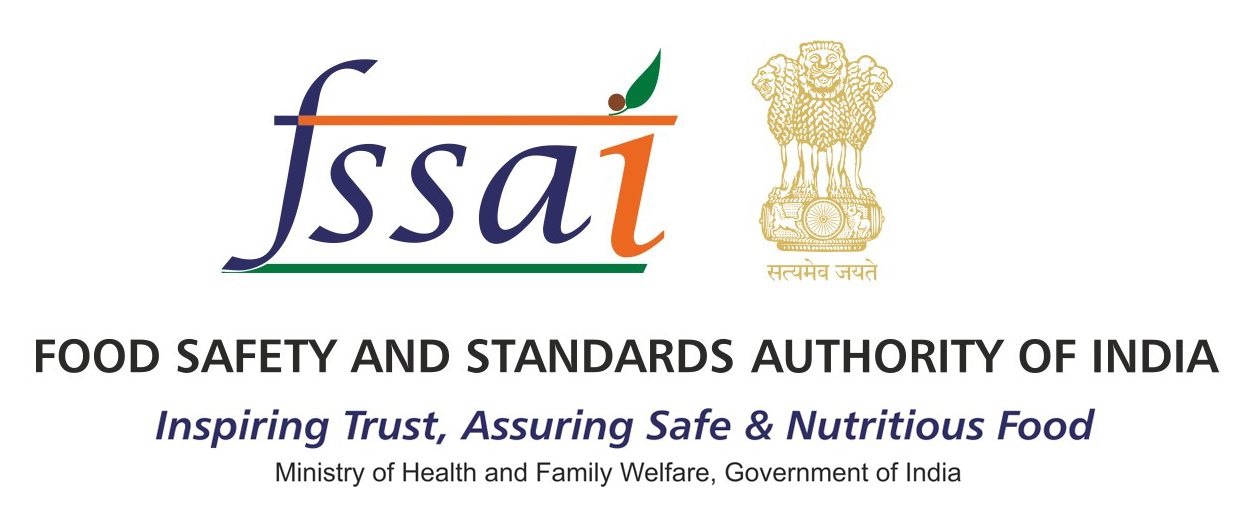Have you detected a stale odour coming from the carton of milk you just bought? Is the texture runny? If so, the milk is likely contaminated. Food adulteration refers to the intentional or accidental addition of substances to food that alters its taste and nutritional value. This practice is often done to increase quantity or reduce costs, resulting in serious health, religious, economic, and legal repercussions.
Common examples of adulteration include mixing tamarind seeds and chicory powder with coffee to enhance colour and volume, which can cause diarrhoea and joint discomfort. Additionally, some may add melamine to milk to artificially boost protein content, potentially leading to urinary tract infections, kidney stones, and renal failure. Others use lead chromate in turmeric to intensify its yellow colour, which can cause lead poisoning. Such adulteration not only deceives consumers but also poses significant health risks.
The Food Safety and Standards Authority of India (FSSAI) conducts a variety of food adulteration tests across the country. However, consumers can also perform simple home tests known as DART (Detecting Adulterants with Rapid Testing) to check for adulteration. This article aims to raise food safety awareness about food and encourages households to conduct a few of these food adulteration tests at home. to ensure the quality of their food.
Milk and Dairy Products

Milk and dairy products can become contaminated by various biological and chemical agents.
- Detergent test: Mix about 10 ml of milk with an equal amount of water and shake vigorously. Adulterated milk containing detergent will form a thick froth, while pure milk will produce only a thin layer of foam.
- Starch test: Mix a small amount of a dairy product with about 20 ml of water and heat it to boiling. Let the liquid cool to room temperature in a clear glass, then add a few drops of iodine solution. The blue colour indicates the presence of starch.
Note: The iodine solution is inexpensive and can be easily found at pharmacies.
Red Chili Powder
People often adulterate chilli powder with substances like brick powder, sand, salt, husk, or talcum powder.
- Purity test: Add a teaspoon of chilli powder to a glass of water. Pure chilli powder will settle at the bottom, while adulterated powder will colour the water orange or reddish-brown, indicating the presence of brick powder or artificial colouring.
- Natural colour: Pure chilli powder has a natural red or brick-red colour.
Honey
- Adulterators commonly mix honey with water or syrups.
- Water test: Add a drop of honey to a glass of water. Pure honey will not dissolve, while adulterated honey will dissolve, indicating the addition of extra sugar.
Consistency check: Pure honey is thick and moves slowly through a container, while contaminated honey is lighter and moves easily
Butter & Ghee
You can use various methods to check the purity of butter and ghee.
- Iodine test: Place ½ teaspoon of ghee or butter into a transparent glass bowl and add two to three drops of iodine tincture. If the yellow colour turns blue, it indicates the presence of starches like mashed potatoes or sweet potatoes.
- Colour test: Cow ghee is yellow, while buffalo ghee is white. Both butter and ghee melt easily with body heat or external warmth.
Jaggery
You can use simple methods to check for impurities in jaggery.
- Dissolution test: Mix 10 grams of jaggery in water; impurities will sink to the bottom.
- Colour check: Pure jaggery has a dark brown colour. A yellowish colour suggests chemical treatment.
Coconut Oil
- Adulterators often mix coconut oil with cheaper oils like palm or sunflower oil, or even with paraffin wax and hydrogenated fats.
- Refrigeration test: Place coconut oil in a transparent glass container and refrigerate it for 30 minutes. Pure coconut oil will solidify, while adulterated oil will remain liquid.
- Mustard oil test: To check for purity in mustard oil, rub a small amount between your palms. If the oil changes colour or emits a chemical odour, it is likely adulterated
Grains
Adulterators can tamper with grains by mixing in gravel, stone, or clay.
- Water test: Fill a clear glass with water and add two teaspoons of grains. Mix thoroughly. Pure grains will not release any colour, but adulterated grains will discolour the water.
Peas
People often contaminate peas with malachite green, a harmful dye.
- Soaking test: Submerge the peas in lukewarm water for 30 minutes, then rub them gently. If the green colour seeps into the water, malachite green is present.
- Blotting paper test: Place peas on damp white blotting paper. Green stains indicate the presence of malachite green.
- Cotton test: Rub the peas with a cotton cloth soaked in liquid paraffin. If the cotton turns green, the dye is present.
Key Takeaways
In conclusion, food adulteration poses a serious threat to public health, making it crucial for consumers to remain vigilant. By understanding common adulterants and utilizing simple home tests, individuals can protect themselves and their families from harmful substances.
The tests outlined in this article are easy to perform and require minimal resources, empowering households to take control of their food safety. Raising awareness about food adulteration is essential for fostering a culture of health and safety.
 Food Manifest
Food Manifest 